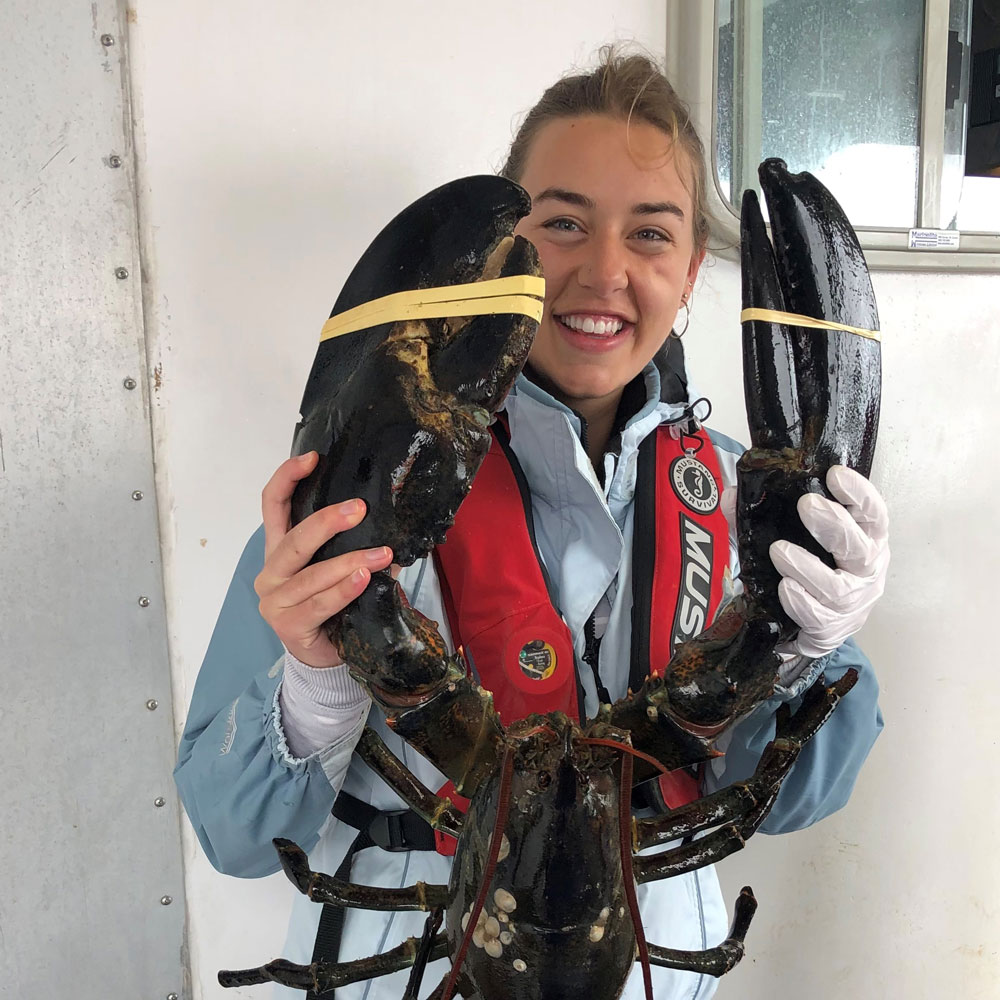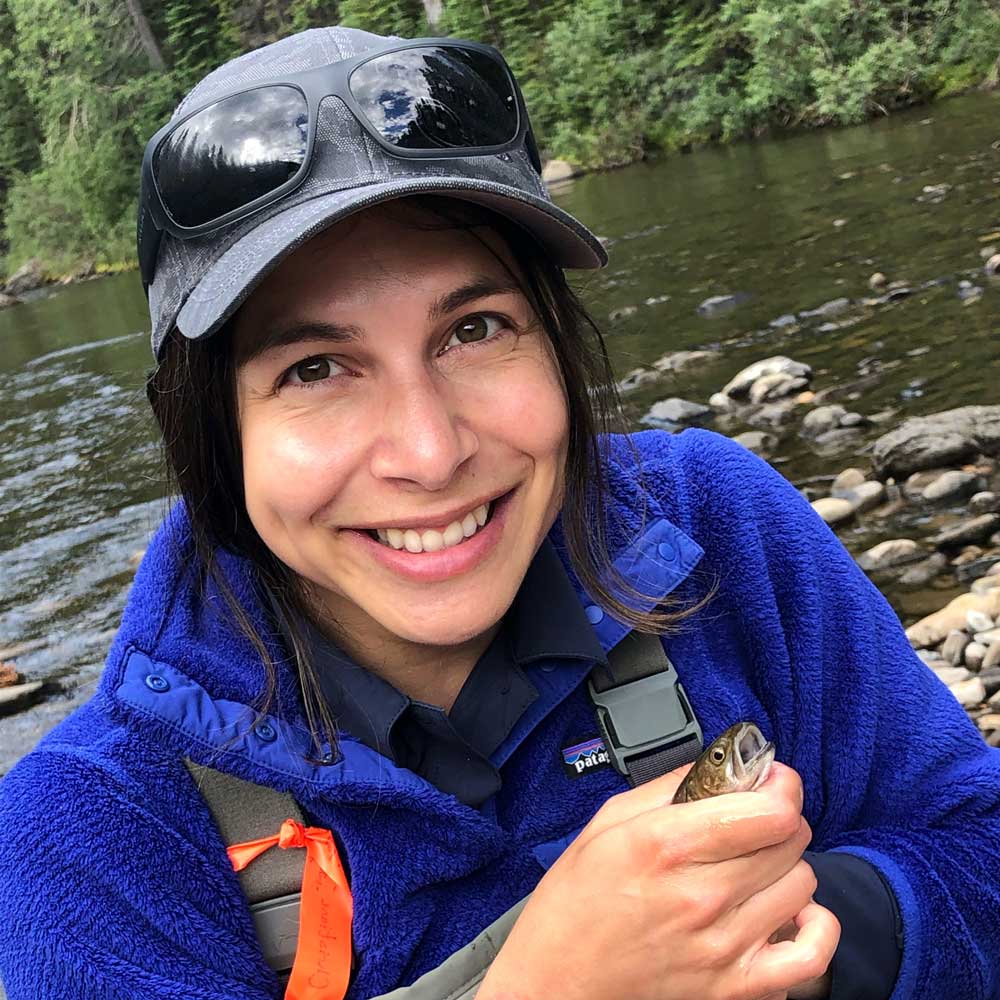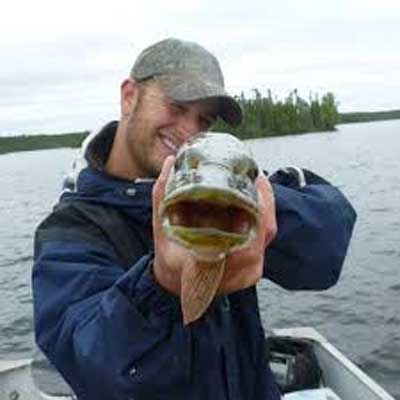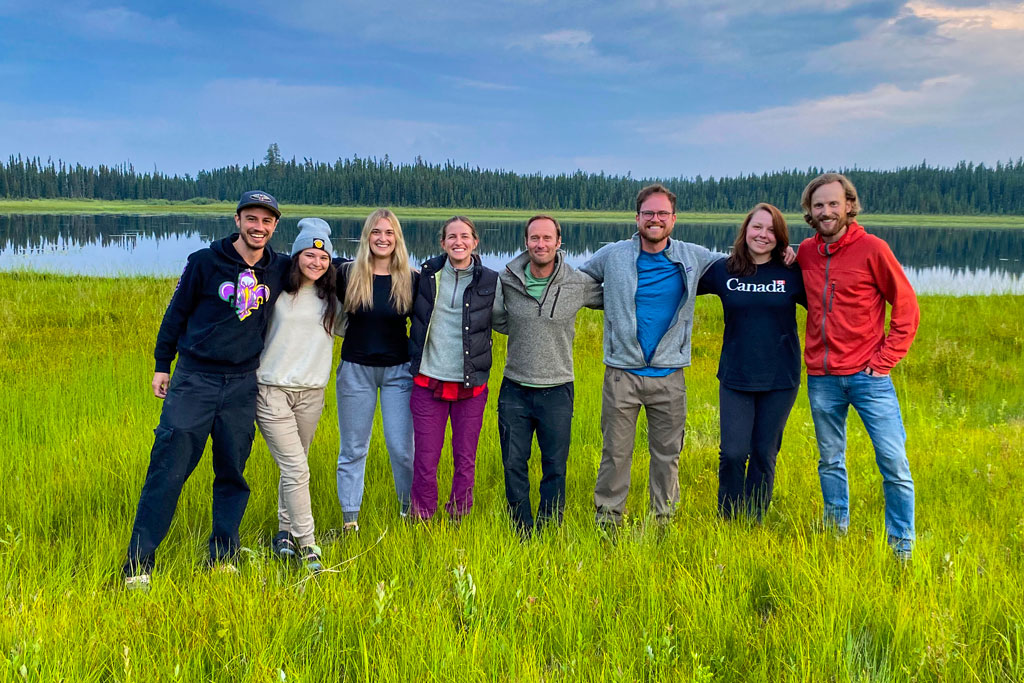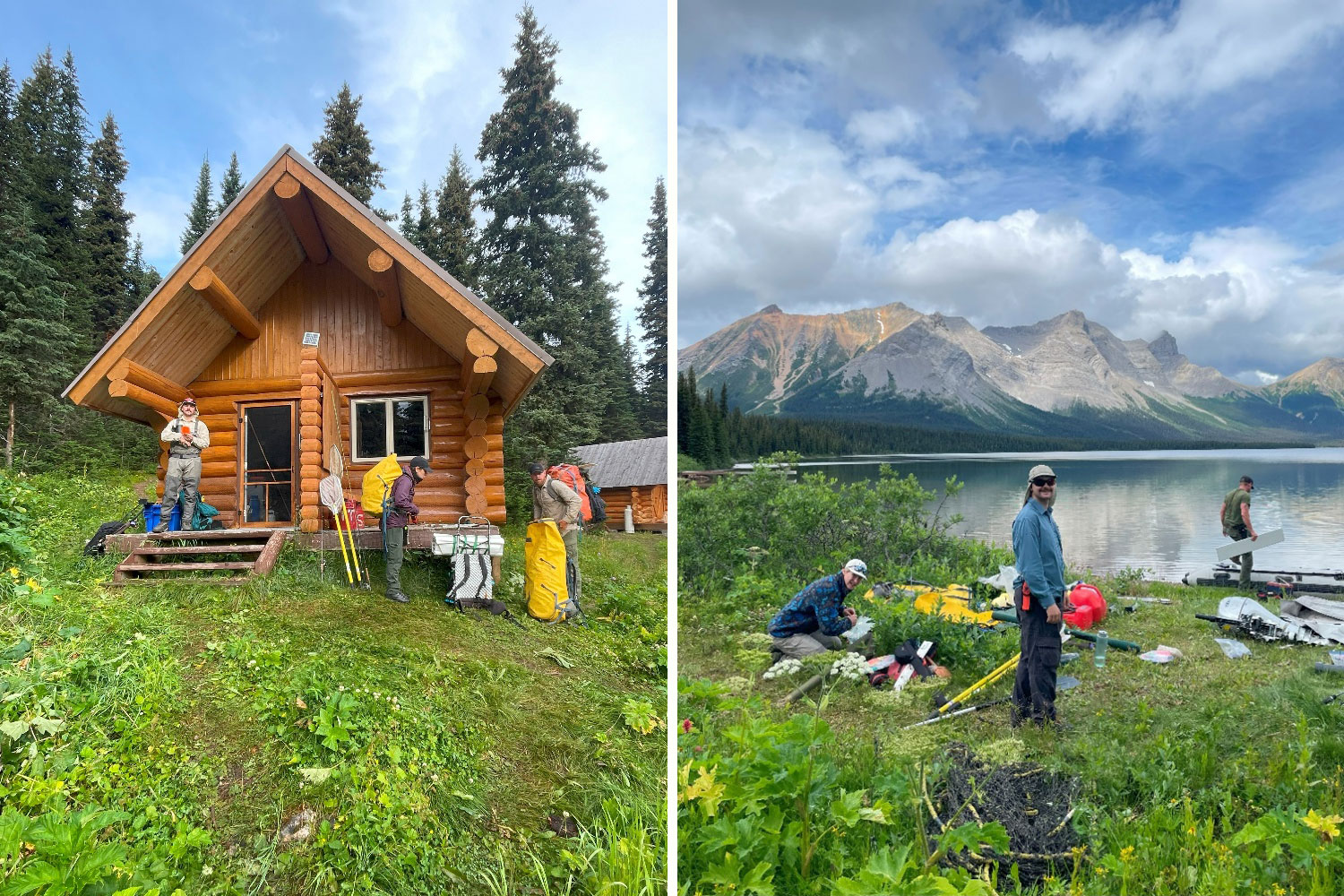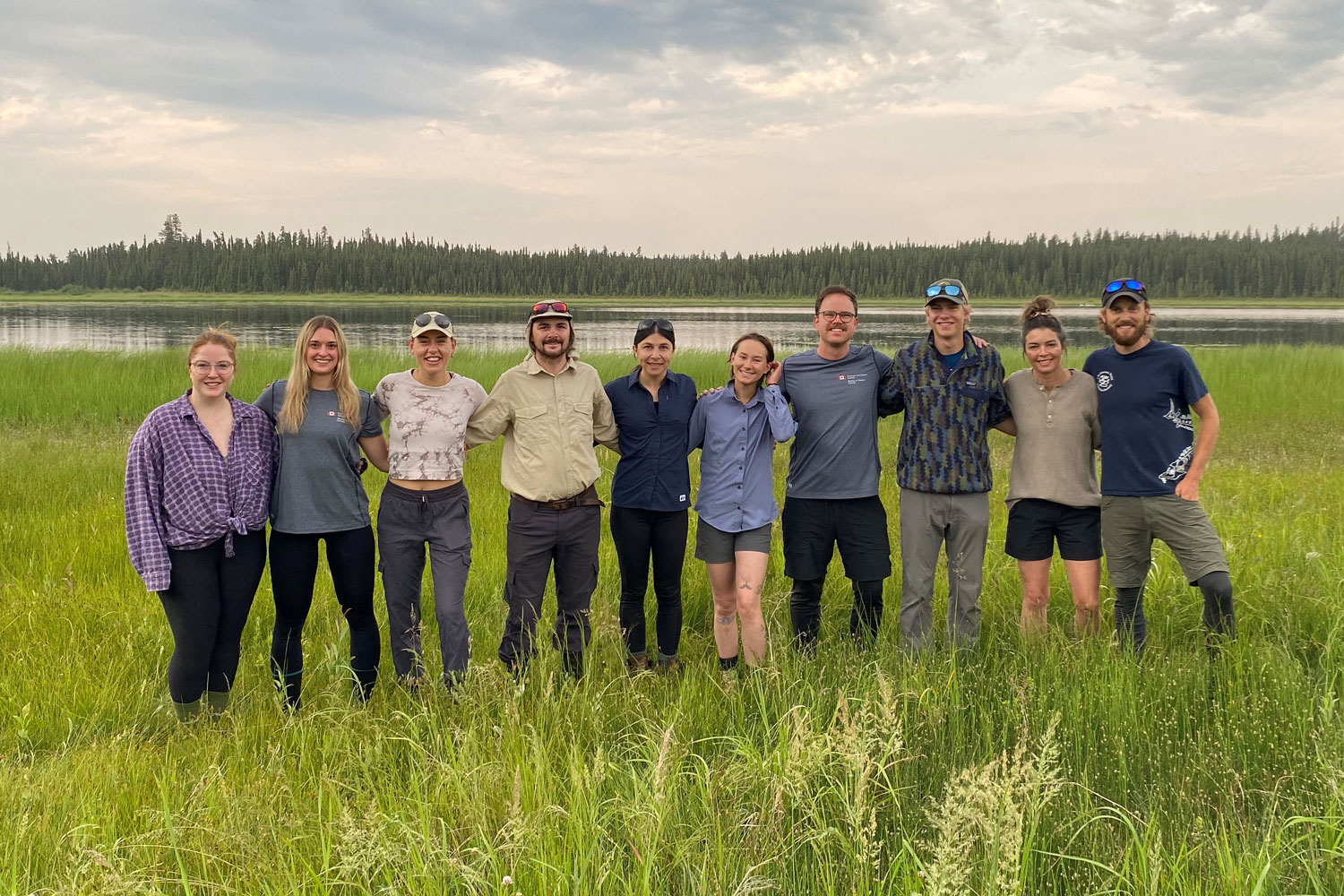
Assessment of Potential Changes in Bull Trout within the Kakwa Watershed Over the Past 20+ Years: Influence of anthropogenic activities on fish occupancy
How are human activities affecting fish populations?
This is a re-assessment of a 2005 study that suggested a 24–43% decline in bull trout occurrence in the Kakwa Watershed due to forestry activities. This multi-year project examines how different land-use activities in the past two decades have affected fish populations, in particular bull trout. These data represent a rare long-term spatially distributed dataset dating back to the late 1990s providing an opportunity to learn about change in fish and landscapes over more than 20 years.
The teams are using backpack electrofishing to temporarily stun fish in order to count, measure, and quantify populations in each section. The study will also determine the best way to sample streams to assess long-term trends. To complete this sampling the team will rely on collaborations with Fisheries and Oceans Canada, Alberta Environment and Protected Areas, and the University of Calgary, and the University of Manitoba.
Kissinger and crew from Fisheries and Oceans Canada sample 43 sites between Grande Prairie and Grande Cache
Water and Fish Program, University of Calgary, University of Manitoba, Fisheries and Oceans Canada, and Alberta Environment and Protected Areas team up to finish sampling efforts
Sampling data submitted to the provincial database; analysis in progress



